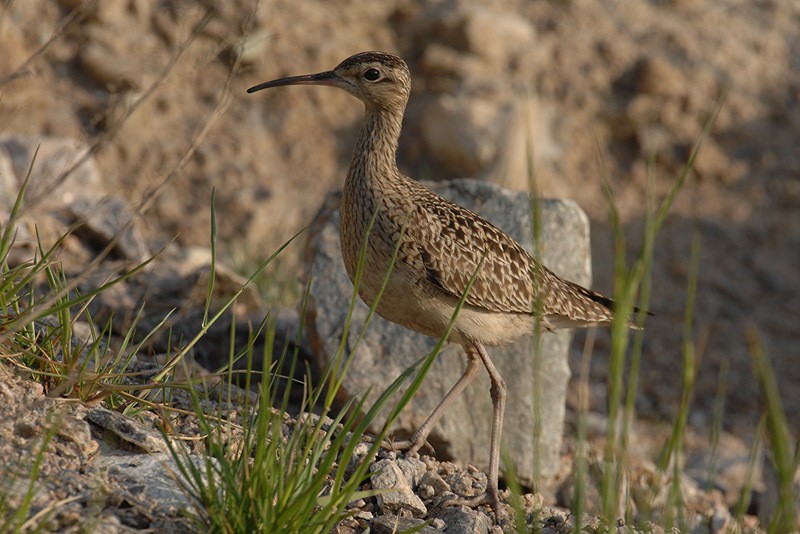Little Curlew
A species of Curlews Scientific name : Numenius minutus Genus : Curlews
Little Curlew, A species of Curlews
Botanical name: Numenius minutus
Genus: Curlews
Content
Description General Info
 , used under CC-BY-4.0 /Cropped and compressed from original
, used under CC-BY-4.0 /Cropped and compressed from original Description
The little curlew (Numenius minutus) is a wader in the large bird family Scolopacidae. It is a very small curlew, which breeds in the far north of Siberia. It is closely related to the North American Eskimo curlew. The word "curlew" is imitative of the Eurasian curlew's call, but may have been influenced by the Old French corliu, "messenger", from courir , "to run". It was first recorded in 1377 in Langland's Piers Plowman. The genus name Numenius is from Ancient Greek noumenios, a bird mentioned by Hesychius. It is associated with the curlews because it appears to be derived from neos, "new", and mene, "moon", referring to the crescent-shaped bill. The species name is from Latin minutus, "small". This is a strongly migratory species, wintering in Australasia. It is a very rare vagrant to western Europe, including once in Blankenberge, Belgium, in September 2010. This bird breeds in loose colonies in forest clearings in river valleys. The nest is a ground scrape. It winters inland on grassland, cultivation or near fresh water, mainly in northern Australia but also as far south as St Kilda, South Australia. It is gregarious, forming sizeable flocks. This species feeds by probing soft mud for small invertebrates. It is mainly greyish brown, including the underwings, with a white belly, and a short, for a curlew, curved bill. It has a head pattern like a Eurasian whimbrel, with crown and superciliary stripes. The call is a repetitive whistle. 
Size
23 - 41 cm
Nest Placement
Ground
Feeding Habits
Little Curlew primarily feeds on insects like grasshoppers, crickets, and beetles, as well as spiders, vegetable matter, seeds, and berries. They forage by probing soft soils and are particularly adapted to pick out small prey, showing a preference for certain invertebrates. Feeding occurs both day and night.
Habitat
Little Curlew inhabit montane taiga environments up to 950 meters elevation, favoring grassy clearings within larch and dwarf birch woodlands, particularly in river valleys with secondary vegetation and post-fire regenerative areas. During non-breeding periods, they transition to dry grasslands, blacksoil plains, and cropped fields, maintaining proximity to freshwater sources like swamps and lakes. Coastal habitats are rarely occupied.
Dite type
Aquatic invertebrate eater